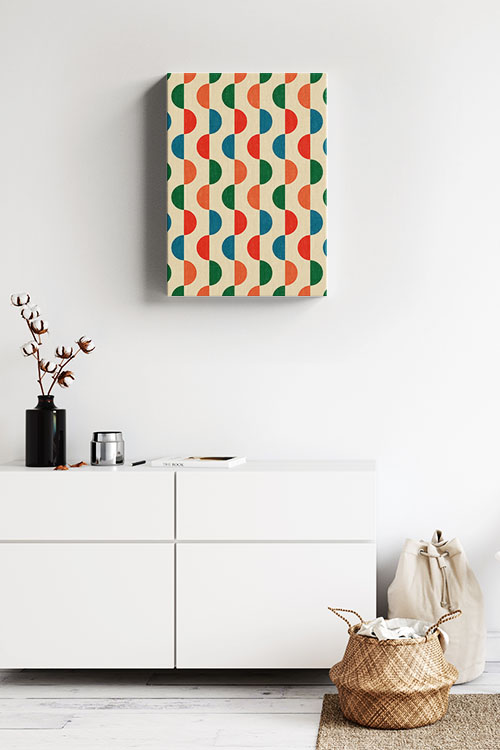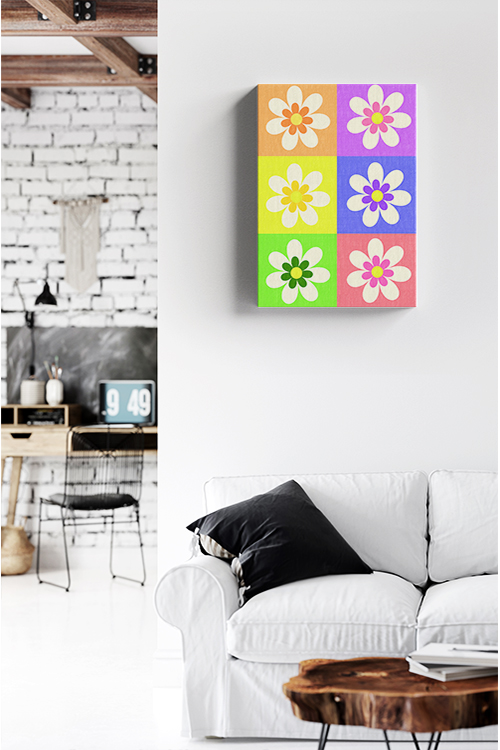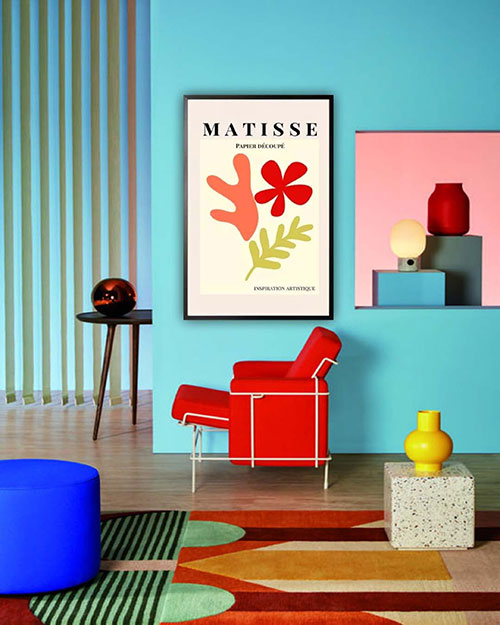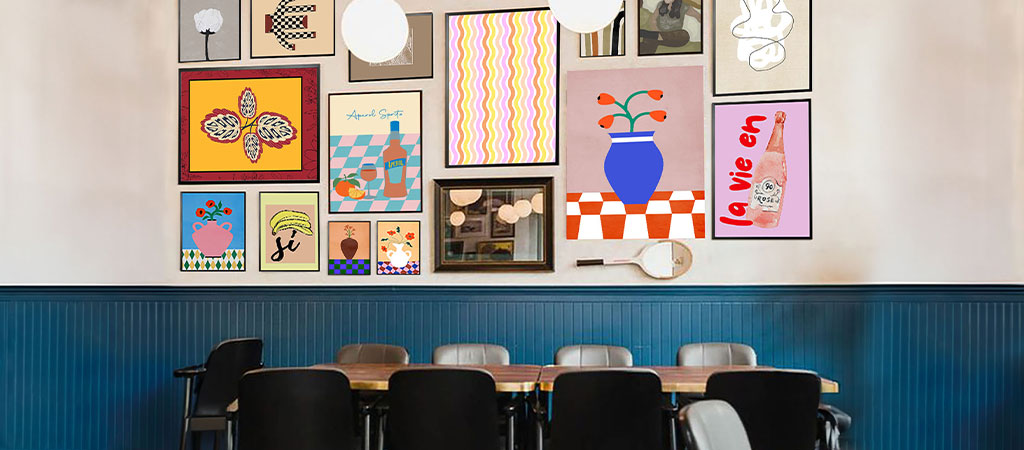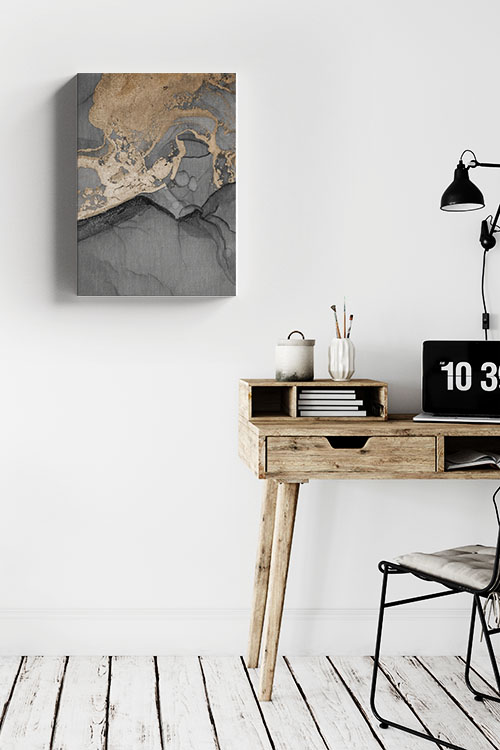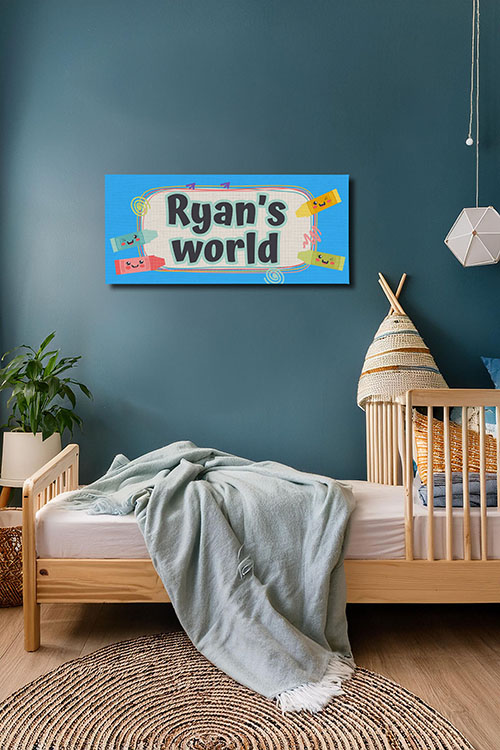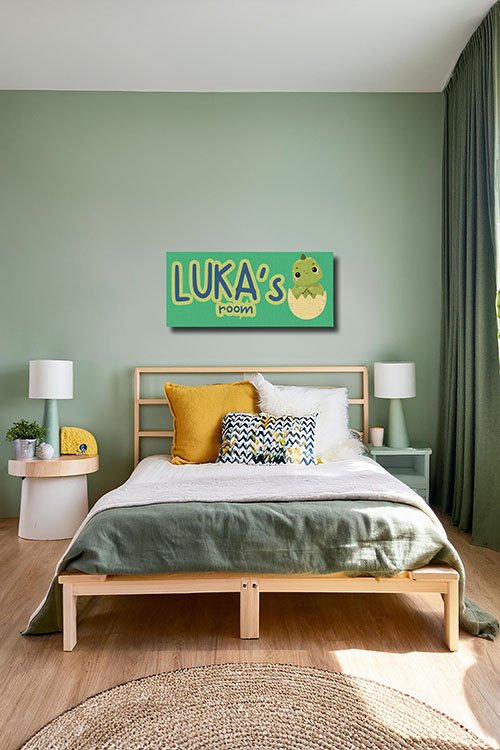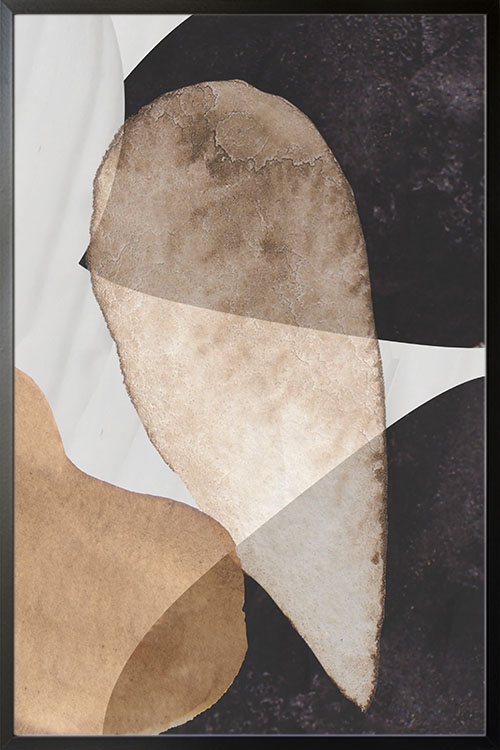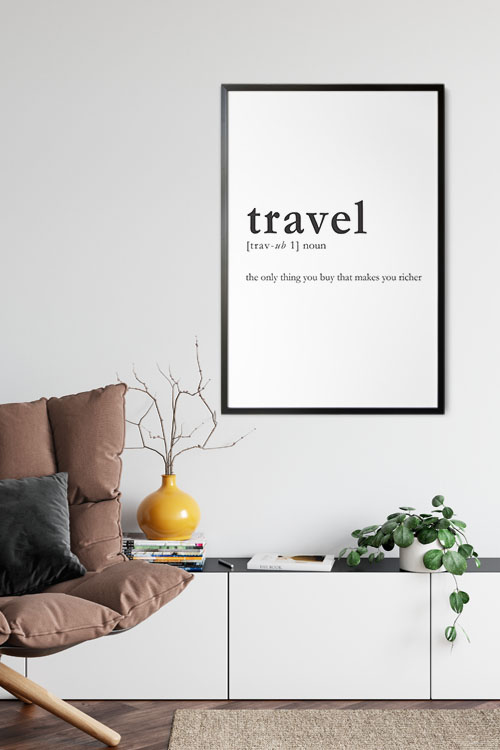
Travel is a transformative experience that opens our eyes to new cultures, traditions, and aesthetics. While memories of exotic locales and bustling cities live on in our minds, incorporating travel-inspired home décor is a tangible way to keep those experiences close. These are not just decorations but a reflection of your personal journey. Here are some tips and ideas for bringing the essence of your adventures into your living space.
Curate a Global Gallery Wall
One of the easiest ways to display your love for travel is to create a gallery wall that showcases art, photographs, prints, and souvenirs from your journeys. To add a personal touch, frame maps, postcards, or even currency. You can also include pictures you’ve taken during your trips to create a visual narrative of your adventures. Mixing different frame styles and sizes adds an eclectic and well-traveled vibe to the display.
Furniture with a Story
Consider incorporating furniture pieces that reflect the regions you’ve visited. A hand-carved Moroccan coffee table, a Bali rattan chair, or a Turkish kilim rug can be focal points in a room. These items add character and tell the stories of the artisans and cultures they represent. Many online retailers offer ethically sourced global furnishings if you can’t bring furniture back from your travels.
Textiles from Around the World
Textiles are an excellent way to add color, texture, and authenticity to your home. Think Peruvian alpaca throws, Indian block-printed cushions, or West African mud cloth. Layering these elements on your sofas, beds, or walls can transform a space into a cozy, multicultural haven. Each piece tells a story and brings a sense of place to your decor.
Display Souvenirs Creatively
Rather than relegating your souvenirs to a dusty shelf, find creative ways to integrate them into your home. For example, a ceramic vase from Greece can become a centerpiece on your dining table, while a collection of seashells from a tropical getaway might make a charming bathroom display. Shadow boxes or glass cabinets showcase smaller keepsakes like figurines, jewelry, or trinkets.
Use Color Palettes Inspired by Destinations
Color is a powerful tool for evoking the spirit of a place. To capture the essence of the Mediterranean, use turquoise, white, and terracotta shades. For a Scandinavian feel, use neutral tones with pops of blue or green. Drawing from the color palettes of your favorite destinations can instantly transport you back to those cherished moments.
Incorporate Worldly Scents
Scent has the unique ability to trigger memories and emotions. Incorporate candles, diffusers, or incense that remind you of specific places. For example, lavender can evoke the rolling fields of Provence, while sandalwood might bring back memories of an Indian market.
DIY Projects with a Personal Touch
If you’re crafty, consider creating decor that reflects your travels. Use collected sand and shells to fill glass jars, create a photo book to leave on your coffee table, or make a collage of ticket stubs, maps, and other travel mementos. These DIY projects are not only budget-friendly but also deeply personal.
In a Nutshell
Travel-inspired home décor allows you to relive your adventures daily and share your experiences with guests. By thoughtfully curating elements from around the world, you can create a unique and meaningful home—a sanctuary that celebrates the spirit of exploration and the beauty of global diversity. Your home will be a reflection of your unique experiences and creative vision.
